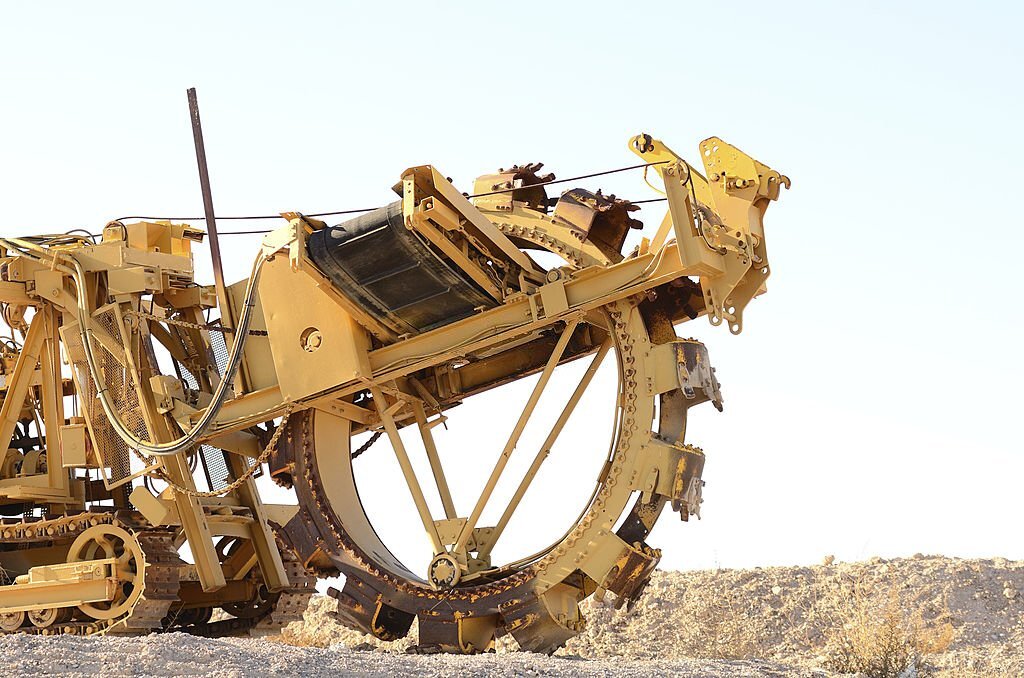
Introduction:
In the realm of heavy equipment, various tools, and machines are utilized for excavation tasks. Trenchers, excavators, backhoes, and bulldozers are among the commonly employed equipment in these operations. While they all contribute to excavating soil and creating trenches, each tool possesses unique features and capabilities that set it apart. In this article, we explore the distinctions between trenchers and other excavation tools in heavy equipment. By understanding their respective functions, digging methods, applications, and advantages, businesses can make informed decisions and optimize their equipment choices for specific excavation tasks.
I. Trenchers:
Trenchers are specialized machines designed primarily for digging trenches. They feature cutting attachments, such as digging chains or rotating wheels with cutting teeth, that efficiently excavate soil, creating precise trenches of varying depths and widths. Trenchers excel in trenching applications, such as utility installations, irrigation systems, and landscape projects. Their focused functionality and precise trenching capabilities make them highly efficient for specific excavation tasks.
II. Excavators:
Excavators are versatile machines commonly used in heavy equipment operations. They feature a hydraulic arm with a bucket attachment for digging and lifting tasks. Excavators can perform a range of excavation functions, including trenching, digging foundations, and material handling. With their rotating capability and large digging capacity, excavators are ideal for projects that require extensive excavation, such as construction sites or earthmoving operations. Excavators offer flexibility and are often utilized in various applications beyond trenching.
III. Backhoes:
Backhoes are multifunctional machines that combine the capabilities of a loader and an excavator. They feature a digging bucket on the rear end and a loader bucket on the front, providing versatility for digging, loading, and material handling operations. Backhoes are commonly used in construction, landscaping, and utility installation projects. They excel in tasks that require digging, loading, and transporting materials, making them valuable in a wide range of heavy equipment operations.
IV. Bulldozers:
Bulldozers are powerful machines equipped with a large, heavy blade on the front. They specialize in pushing, leveling, and moving large quantities of soil or debris. Bulldozers are commonly used for site preparation, land clearing, and earthmoving operations. Their strength and robust design allow them to handle challenging terrain and effectively reshape landscapes. While bulldozers are not primarily designed for trenching, they play a vital role in preparing the ground before trenching operations and in finalizing terrain modifications.
V. Digging Methods:
Trenchers differ from other excavation tools in terms of their digging methods. Trenchers utilize specific cutting attachments that penetrate the soil and create precise trenches. The digging process is focused and optimized for trenching, allowing for efficient and accurate trench excavation. In contrast, excavators, backhoes, and bulldozers typically utilize buckets or blades that are designed for general-purpose digging and material handling. While these tools can perform trenching tasks, their digging methods may not offer the same precision and efficiency as dedicated trenches.
VI. Applications:
Trenchers are primarily utilized in trenching applications, where the excavation of precise trenches is required. They are commonly employed in utility installations, irrigation systems, fiber optic cable installations, and landscaping projects. Excavators, backhoes, and bulldozers, on the other hand, have a broader range of applications beyond trenching. They are utilized in construction projects, road building, mining, site preparation, demolition, and various earthmoving tasks that involve digging, lifting, and material handling operations.
VII. Advantages of Trenchers:
Trenchers offer several advantages over other excavation tools in specific applications:
- Precision: Trenchers provide precise trenching capabilities, allowing for accurate dimensions and consistent trench profiles. This precision is essential in projects that require strict adherence to trench specifications, such as utility installations or pipeline constructions.
- Efficiency: Dedicated trenchers are designed for maximum trenching efficiency. Their specialized cutting attachments and optimized design enable rapid excavation, saving time and resources compared to general-purpose excavation tools.
- Maneuverability: Trenchers are often more maneuverable than larger excavators, backhoes, or bulldozers. Their compact size and focused functionality make them suitable for tight spaces or projects with limited access.
- Cost-effectiveness: When trenching is the primary task, dedicated trenchers can be more cost-effective than utilizing larger, multi-purpose equipment. They are designed to efficiently tackle trenching requirements, optimizing productivity and reducing unnecessary equipment expenses.
Conclusion:
While trenchers, excavators, backhoes, and bulldozers all contribute to excavation tasks in heavy equipment operations, their unique features and capabilities set them apart. Trenchers excel in precise trenching applications, offering efficiency and accuracy. Excavators, backhoes, and bulldozers provide versatility and broader functionality beyond trenching, allowing for various excavation and material handling tasks. By understanding the distinctions between these excavation tools, businesses can choose the most suitable equipment for specific applications, optimizing productivity and achieving successful outcomes in diverse heavy equipment operations.

